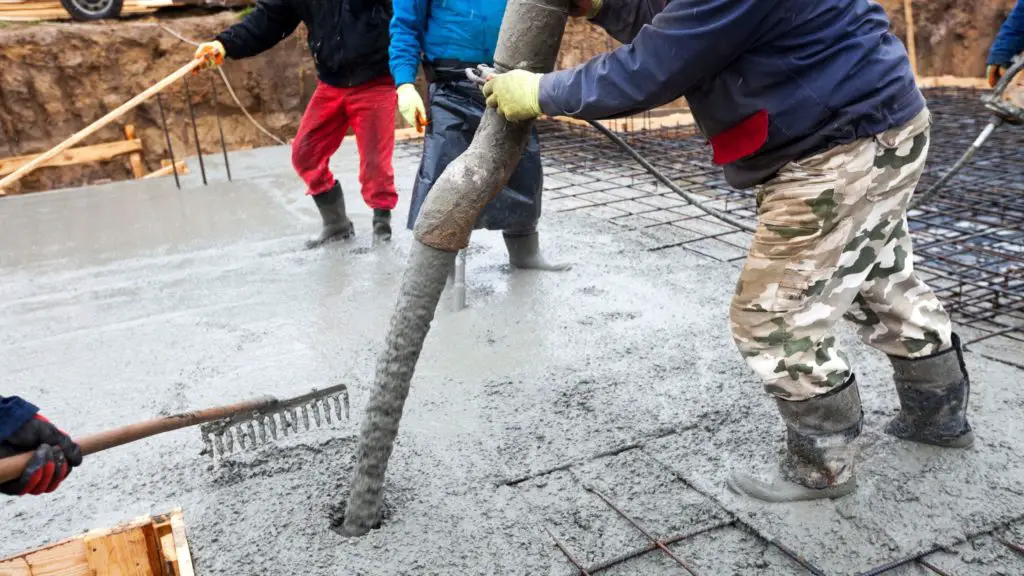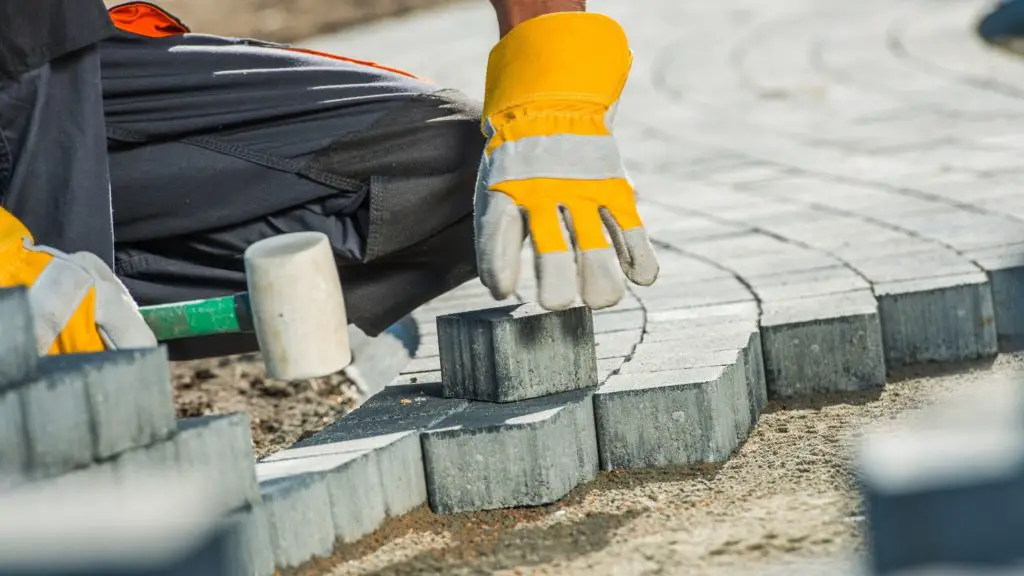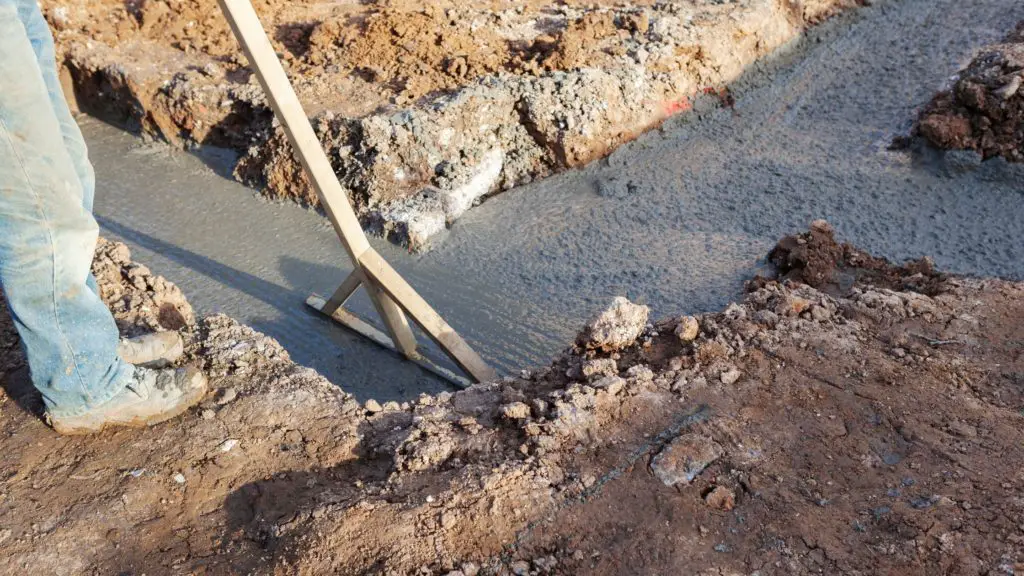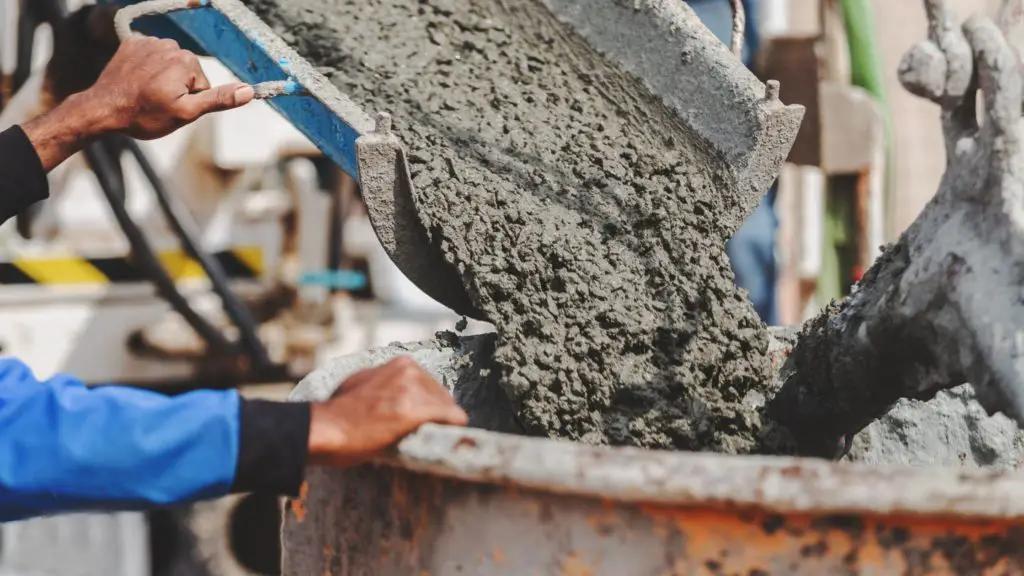Concrete foundations are an essential part of all new structures.
There are various grades of concrete available, each with their own purpose and benefits. Did you know that the strength of concrete you choose will influence how much weight the structure can take?
It’s important to get the right concrete mixes and strengths for your project because different grades can significantly affect the concrete’s performance, which will impact the efficiency of the structure of your finished project.
If you’re looking for the best grade of multi purpose concrete mix, this guide is for you. We detail concrete grade strength, ratio and uses to help you work to the highest specification and tolerance.

What does grade of concrete mean?
Concrete’s grade is determined by the minimum compressive strength mpa n rating 28 days after it was poured. Plain cement concrete works (PPC) is the mixture of cement, fine aggregate (sand) and coarse aggregate.
The letter M means mix grade, which is followed by a number that indicates its compressive strength, for example, M10.
The mix proportions ratio of concrete details the proportion of cement, sand and water it needs to make that particular strength of concrete. For example M20 grade of concrete is the mix ratio 1:1.5:3. The “1” is cement, “1.5” is fine aggregate and “3” is coarse aggregate. This mix applies to all grades of concrete. Coarse aggregates are made of rock quarried from ground deposits.
The C grade in concrete determines the compressive strength, for example, C30 has the strength of 30 newton concrete, C40 has the strength of 40 newtons, C50 has 50 newtons strength.
The two types of concrete are either created with a nominal or design mix.
Nominal mix – used for domestic use and small construction projects where the weight of the structure is light and the amount of concrete required is low-medium quantity.
Design mix –concrete mix numbers provide proportions based on available materials need to ensure strength to support the structural design. Design mix concrete is created via lab tests for heavy project structures.
Grade of concrete: the complete list
There are many different types of concrete mix and grades available depending on the type of concrete work you’re doing. Grades of concrete are classified as:
- Normal
- Standard
- High strength
Normal grades of concrete
M5 grade concrete
Mix ratio: 1:5:10
Compressive strength: 5 Mpa rating of concrete, 725 psi standard grade.
Uses: M5 concrete strength classification is suitable for supportive foundations or to cover slabs in a single room that is used for domestic animals. It is also used to prevent footings or foundations from touching the soil.
M7.5 grade concrete
Mix ratio: 1:4:8.
Compressive strength: 7.5 Mpa, 1087psi.
Uses: M7.5 concrete strength is used in the same way as M5, to prevent footings or foundations from touching the soil and to create a level surface to the footing or foundation.
M10 grade concrete proportion
Mix ratio: 1:3:6.
Compressive strength: 10 Mpa concrete mix, 1450psi.
Uses: M10 concrete strength is suitable for commercial and domestic projects. M10 concrete uses include:
- Floors.
- Garden walls.
- Non-load-bearing walls.
- Drainage works.
- Foundations for steps.
- Trench filling.
- Bedding for footings.
- Roads.
M15 grade concrete
M15 ratio of concrete: 1:2:4.
M15 grade concrete compressive strength: 15 Mpa, 2175 psi.
Uses: grade M15 concrete is used for both domestic and commercial projects such as patio slabs, paths and other non-structural work.
M20 grade concrete
The mix design ratio for M20 grade concrete is 1:1.5:3 ratio.
Compressive strength: 20 Mpa, 2900 psi.
Uses: M20 grade concrete is used for domestic purposes such as floors and foundations if the structure weight is light. This strength of concrete is also suitable for internal floor slabs, garages, driveways and workshop bases. C20 concrete is typically used for:
- Patio paving.
- Shed bases.
- House extensions.
- Internal flooring.
- Garages.
- Foundations.
- Walls.
- Light agricultural slabs.

Standard strength grades of concrete
M25 grade concrete
Mix ratio: 1:1:2.
Compressive strength: 25 Mpa, 3625 psi.
Uses: M25 grade of concrete is used in Reinforced Cement Concrete (RCC) for constructing footings, columns, beams and slabs. M25 concrete strength is typically used for small-scale construction or small residential buildings. C25 concrete is typically used for:
- Footings.
- Foundations.
- Groundwork.
- Flooring.
- Kerbing.
- Roadworks.
- Land fill.
- Trench fill.
M30 grade concrete
What is M30 concrete ratio? The RCC concrete mix ratio for this strength of concrete is design mix.
Compressive strength: 20 Mpa, 4350 psi.
Uses: M30 concrete is also used in RCC construction for slabs, beams, footings and columns for structures that are slightly heavier. As this grade of concrete is more durable than the lowest grade concrete mix, it can also be used for paths and roadways as it is weather-resistant and can take the weight of road traffic. C30 concrete is typically used for:
- Bases.
- Paving.
- Reinforced concrete construction foundations.
- External parking.
- Hard standing areas.
- Access roads for vehicles.
- Driveways.
M35 grade concrete
Mix ratio: design mix.
Compressive strength: 35 Mpa, 5075 psi.
Uses: M35 concrete strength is a heavy grade mix used in RCC construction that is typically used for external structures such as walls, slabs and piling. C35 concrete is typically used for:
- Light storage areas.
- External slabs.
- Loading bays.
- External paving.
- Industrial driveways.
- Heavy duty garages.
- Heavy duty paving.
M40 grade concrete
M40 concrete mix ratio: design mix with a characteristic compressive strength of 40 N/mm².
Compressive strength: 40 Mpa, 5800 psi.
Uses: M40 is used in commercial construction sites to create foundations and beams to provide structural support and roads. It withstands chemical corrosion so can also be used as pre-stressed concrete, beams, footings, slabs, pressurized concrete girders, RCC columns and pressurized beams. Farms also use M40 concrete for structures where slurry could corrode structures or in septic tanks. C40 concrete is typically used for:
- Ironworks.
- Roadworks.
- Foundations.
- Support beams.
- Harsh environments.
- Septic tanks.
- Slurry pits.
- Agricultural yards.
- Piling.
M45 grade concrete
Mix ratio: design mix.
Compressive strength: 45 Mpa, 6525 psi.
Uses: M45 grade of concrete is used in runways and concrete roads. It can also be used for pressurized beams, RCC columns and pressurized concrete grinders. C45 concrete is typically used for:
- Roadworks.
- Foundations.
- Piling.
- Slurry pits.
- Aggressive ground.
- Silage pits.
- HGV parks.
- Stable flooring.
- Harsh environments.

High strength concrete grades
M50 grade concrete
Mix ratio: design mix.
Compressive strength: 50 Mpa concrete mix ratio, 7250 psi.
Uses: High strength concrete grades are used for large scale concrete construction. M50 concrete is used for RCC columns, runways, concrete roads and pressurized beams. C50 concrete is typically used for:
- Roadworks.
- Aggressive ground.
- Silage pits.
- Slurry pits.
- HGV parks.
- Foundations.
- Stable flooring.
- Piling.
- Harsh environments.
M55 grade concrete
Mix ratio: design mix.
Compressive strength: 55 Mpa, 7975 psi.
Uses: M55 concrete is used in the construction of piers and pressurized concrete grinders.
M60 grade concrete
Mix ratio: design mix.
Compressive strength: 60 Mpa, 8700 psi.
Uses: grades of concrete that are M60+ are used in environments where high compressive strength is required such as long bridges or high rising buildings. It is also used in spillways or dams and critical environment construction projects.
M65 grade concrete
Mix ratio: design mix.
Compressive strength: 65 Mpa, 9425 psi.
Uses: M65 concrete is used for RCC work when high compressive strength is required for construction projects such as long span bridges, high rise buildings, coastal construction work, spillways of dams and thin white toppings.
M70 grade concrete
Mix ratio: design mix.
Compressive strength: 70 Mpa, 10150 psi.
Uses: M70 concrete is also used for RCC work when high compressive strength is required for construction projects such as long span bridges, high rise buildings, coastal construction work, spillways of dams and thin white toppings.

Concrete additives
Additional materials and chemicals can be added into a cement mix if special qualities are needed. This includes:
- Fibres to improve the strength of concrete and prevent cracking.
- Accelerants to speed up the curing process and ensure the concrete cures faster than normal.
- Plasticiers make mixed concrete easier to manage and more free-flowing. If plasticiers are used, the concrete will need to be laid quickly.
- Retardants are additives that slow down the curing process, which gives you more time to work with the concrete mix before it sets.
How long does it take for concrete to dry?
Concrete hardens more and more over time, which means it is never completely dry. Concrete will typically take between 24-48 hours to dry enough to hold any weight, this includes walking on concrete or driving on concrete. However, you may want to stop any heavy equipment from rolling over it until 28 days when the concrete is classed as fully hardened.
The following factors affect the drying time of concrete:
- Temperature: in hot temperatures, moisture will evaporate faster which means your concrete will cure quicker than in colder climates. A concrete blanket can be used in cold weather conditions to make the surface hotter so that it cures faster.
- Moisture: the interaction of cement and water creates the curing process, so if there is less water the concrete will cure more rapidly as there are fewer bonds to form. However, if the moisture ratio is not correct, your concrete may not reach the desired strength. If there is too much moisture in concrete, flaking may occur on the top level.

Suitable concrete mix and grades for construction
Choosing the right concrete grade and strength is vital to the efficiency of the structure of your construction project. Hopefully, this complete list of different grades of concrete and their uses and concrete grade mix ratio will benefit somebody in construction who may need a reliable reference point.
Recommended Articles:
- Vertical Concrete Finishes
- Creating a Concrete Surface with Textured Skins
- Characteristics of a Polished Concrete Floor
Reference list
- 365 concrete “grades of concrete”
https://www.365concrete.com/concrete-grade-strength-guide/
Accessed 13th August 2021
2. The Concrete network “concrete for commercial projects”
https://theconcretenetwork.co.uk/commercial-concrete/commercial-building-projects/
Accessed 16th August 2021
3. Total Concrete Limited “concrete grades”
https://www.totalconcrete.co.uk/concrete-grades/
Accessed 16th August 2021
4. DIY doctor “concrete mix ratio”
https://www.diydoctor.org.uk/projects/mixing_concrete.htm
Accessed 16th August 2021

